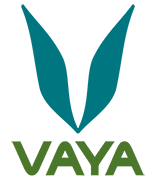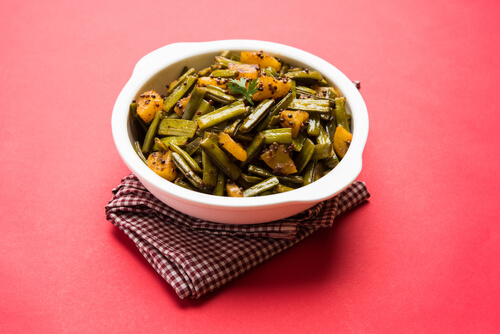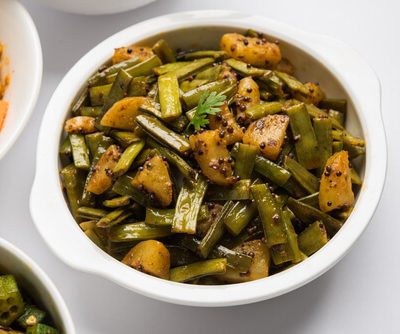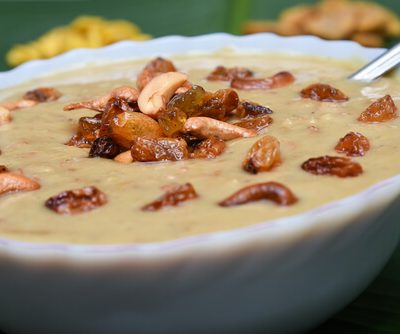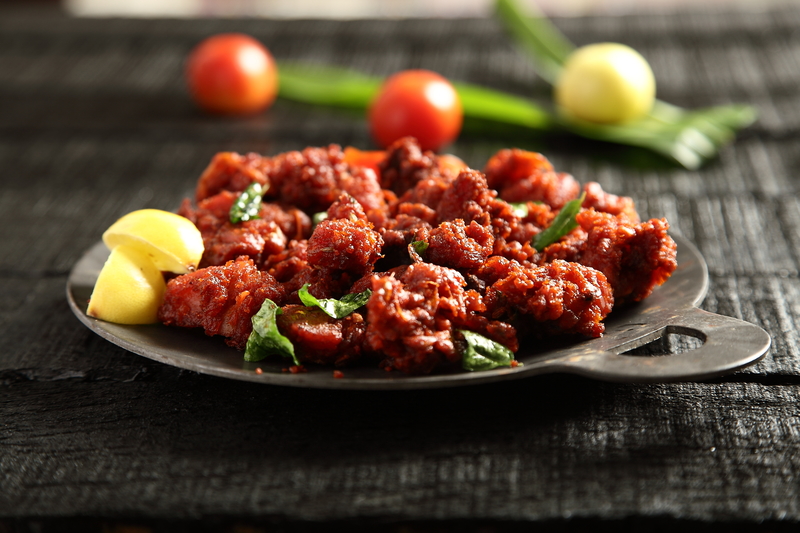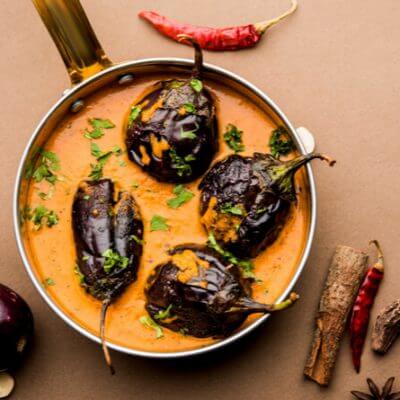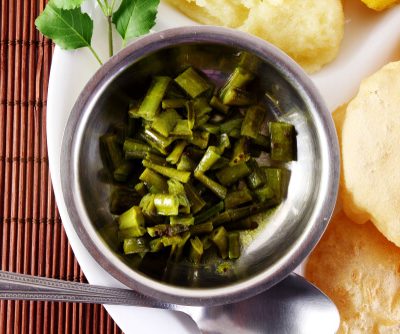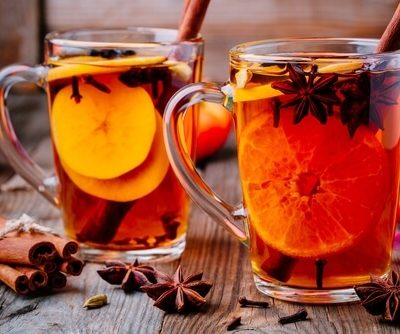Ingredients
- 1½ cups gawar phalli - cut into ½ inch pieces
- 1 medium potato - diced
- 2 large onions
- 1 large tomato - chopped
- 7 garlic cloves
- ½ inch piece of ginger
- ½ tsp cumin seeds
- 4 green chillies
- 2 cloves
- 1 tsp Kashmiri red chilli powder
- ½ tsp turmeric
- 1/3 tsp garam masala
- ¾ tsp meat masala
- 2 tsp coriander powder
- 3 tbsp soybean oil
- 1 ½ cup water
- 2 tbsp coriander leaves - finely chopped
How to make Gawar Ki Phali
Trivia Interestingly enough, the garam masala is believed to have originated in North India, thanks to the biting winters. The “hot spices” are a combination of many different spices including cumin, chilies, cardamom, and peppercorn, to name a few. |
